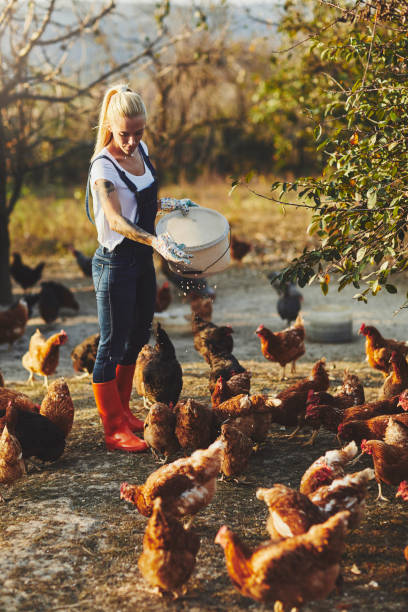
We supply commercial and domestic farmers with quality animal feeds!
Demont Animal Feeds is committed to the provision of superior manufacturing technologies, excellence and on-going innovation.
We promise you a reliable delivery of quality animal feeds at wholesale prices
How to Order?
(+27) 078 327 8669
About Us
The positive influence of agriculture and the people who are involved in the industry, reach much further than the mere daily provision of food to the world.

Products Range
Quality Matters
Customer Satisfaction
Fast Delivery
The name alfalfa comes from the Arabic language, and means “best fodder”. It is thought to have first been grown in Iran in about 700 BC. It has been known to be cultivated as a fodder crop by the ancient Greeks and Romans.
Lucerne, also known as alfalfa is a perennial flowering plant in the pea family.
It has a deep rooting system and prefers a neutral soil, growing best in a pH range 6.8 to 7.5.
PRODUCT DETAILS
Lime is an important additive in the fertilisation program. Like other legumes, its root nodules contain bacteria. In symbiosis with the nitrogen-fixing Rhizobium bacteria, a high-protein feed is produced without being dependent on available nitrogen in the soil.
Lucerne grows best in the deep alluvial soil adjacent to river beds in the interior with exceedingly hot, humid summers and very cold, frosty winters resulting in extreme seasonal differences of temperature. Despite the perennial nature of lucerne, the crop is replanted as often as every three years in commercial production to ensure optimum use of the farmlands, and a product of continued quality. Good lucerne hay will have a protein content in the region of 25%.
Obtaining lucerne hay with a moisture content low enough to prevent mould sporulation in storage was always a problem with the older “small square” balers. The industry has now moved to the use of sophisticated baling machinery imported into South Africa, capable of exerting considerable hydraulic pressure on the lucerne stalks, to ensure an end product with a moisture content of less than 16%. These baling machine are designed to produce “big packs”, which require mechanical handling for loading and offloading.
NUTRITION
Lucerne hay provides additional protein, energy, calcium and other nutrients to supplement poor grazing veld, being particularly beneficial for pregnant mares and late lactation mares, yearlings and mature working horses. Fed as a roughage to horses during training, it helps meet the energy requirements, providing vitamin K, as well as other vitamins.
Lucerne hay is a valuable forage for horses, when fed to the right class of horses, and in the correct amounts for its benefit to be realised. It is an excellent fodder supplement to hay from various grasses because of its high quality, high digestibility and roughage value. Well preserved lucerne should be the foundation of a feeding program for young growing horses, recreational horses and active horses.
WE SELL 4 TYPES OF PACKAGING:
- HDP Big Packs Approximate weight 800 kg per bale
- Normal big Packs Approximate weight 600 kg per bale
- Round bales Approximate weight 400 kg per bale
- Small Bales Approximate weight 25 kg per bale
GRADING SYSTEM
We use the grading system of the National Lucerne Trust of which we are a proud member
- Prime Grade
- 1st Grade
- 2nd Grade
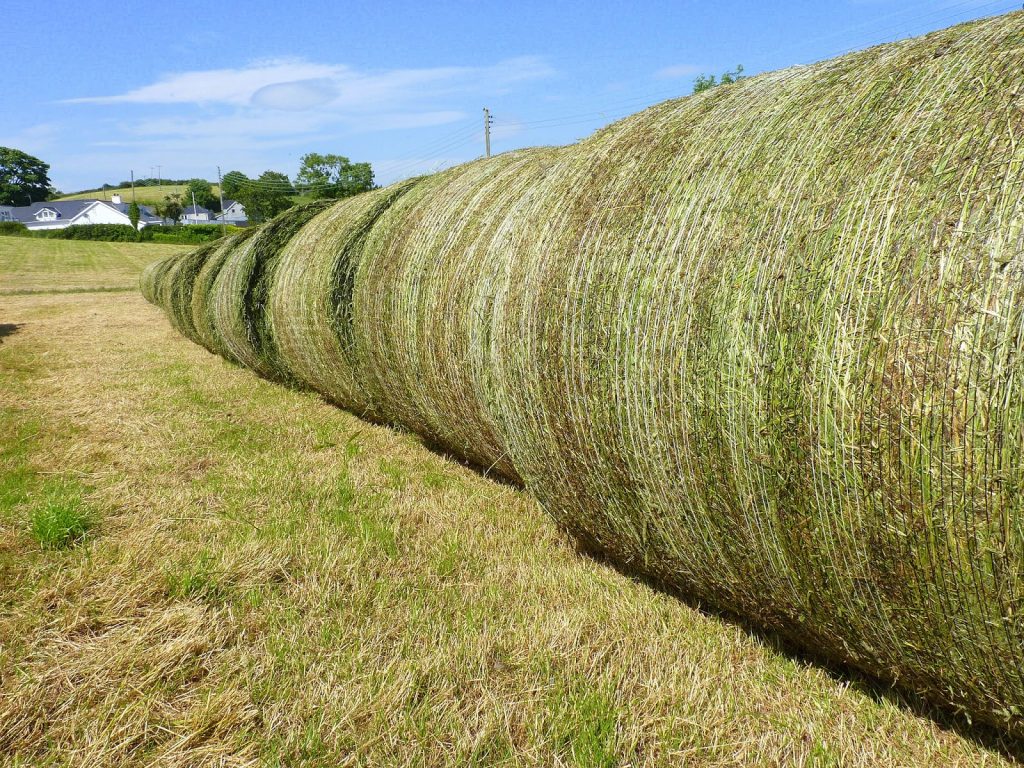
Teff hay is considered a premium hay for a wide range of livestock including dairy, beef, sheep and horses.
The soft forage is very palatable and readily consumed as dry hay, silage or pasture.
It is similar to Timothy hay, with a crude protein content of 9-14%, and total digestibility of 55 – 64%.
The forage quality is very similar to timothy hay at the various maturity stages as shown in the table below.
FORAGE QUALITY OF TIMOTHY AND TEFF GRASS HAY COMPARED
Sweet smelling, highly palatable teff silage ready for the TMR

DAIRY RATIONS
Producers who plan to feed their teff to lactating cows should pay special attention to harvest maturity. Like other grasses and legumes, teff’s forage quality decreases with maturity. Harvest just before heading to maximize Relative Feed Quality (RFQ) and milk per ton. High quality teff hay normally has a range from 100 to 125 RFQ. Animals prefer teff to other forages so teff is best fed in a Total Mixed Ration (TMR) to deter bunk-sorting. Most nutritionists will find teff easy to fit into the ration with the results of a good feed test and an adequate forage inventory.
No prussic acid or other known livestock health or safety concerns.
Teff can be fed as dry hay to over-wintering beef cows or rotationally grazed by lactating cows during the summer slump period. For cattle on feed, follow the dairy suggestions above.
SHEEP AND GOATS
A palatable forage that can be utilized as stored feed or rotationally grazed. Avoid over-grazing which will slow recovery and stand persistence.
HORSE DIETS
Discerning horse owners prefer teff hay for their animals and often pay a premium to their hay providers.
A preferred forage for horses with relatively low non-structural carbohydrates. Teff hay is high in calcium as well as phosphorus, iron, copper, aluminum, barium and thiamine and adequate potassium levels.
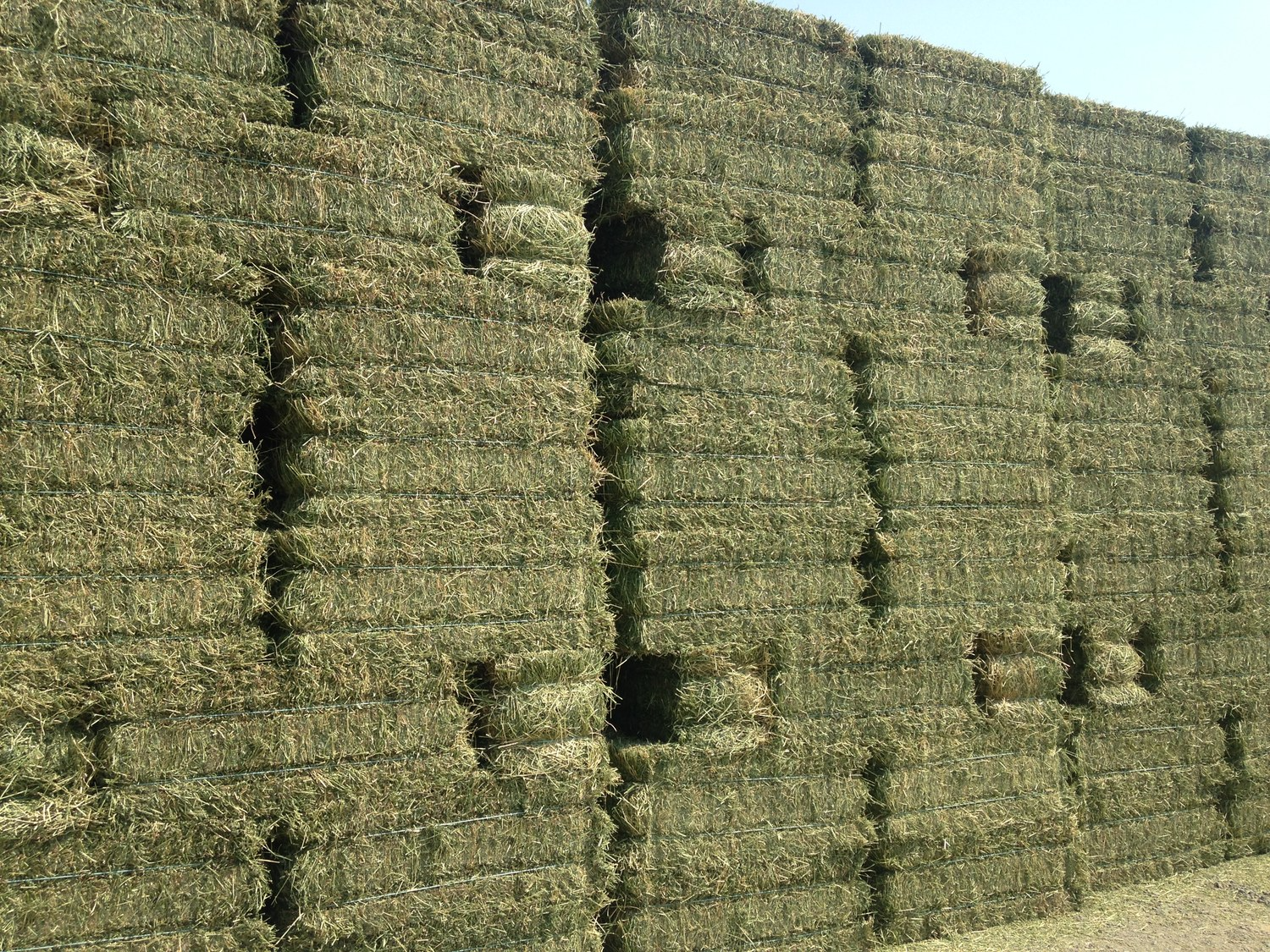
Oat hay can make a good forage for horses. Oat hay is high in fiber and the oats are already included in the feeding.
Horses love it because there is a surprise in almost every bite, it’s also a great hay if you can find it.
An oats/lucerne mix is much richer and higher in… Oat hay can make a good forage for horses.
Oat hay is high in fiber and the oats are already included in the feeding.
PRODUCT DETAILS
Horses love it because there is a surprise in almost every bite, it’s also a great hay if you can find it. An oats/lucerne mix is much richer and higher in protein, but great for growing horses and brood mares. It also works well as bedding, just as straw does.
NUTRITION
The nutritional value will be depended on the stage of maturity the crop was at harvest.
When compared to lucerne cut at the same level of maturity as oat hay, oat hay is lower in crude protein and lower in digestible energy. That being said, the horse needs to eat more pounds of dry matter per day to meet it’s requirements.
For those horses that are confined, chewing on oat hay might provide enough chew time to reduce other behaviors that owners would prefer them not to have.
Oat hay is a good choice when available. Typically less expensive than lucerne, oat hay is often better suited for sedentary horses because of a lower protein content.
OATHAY ARE SOLD IN THREE TYPES:
- Big Pack Bales for Export
- Round Bales to Feedlots & Feed Mills
- Small bales to the horse industry
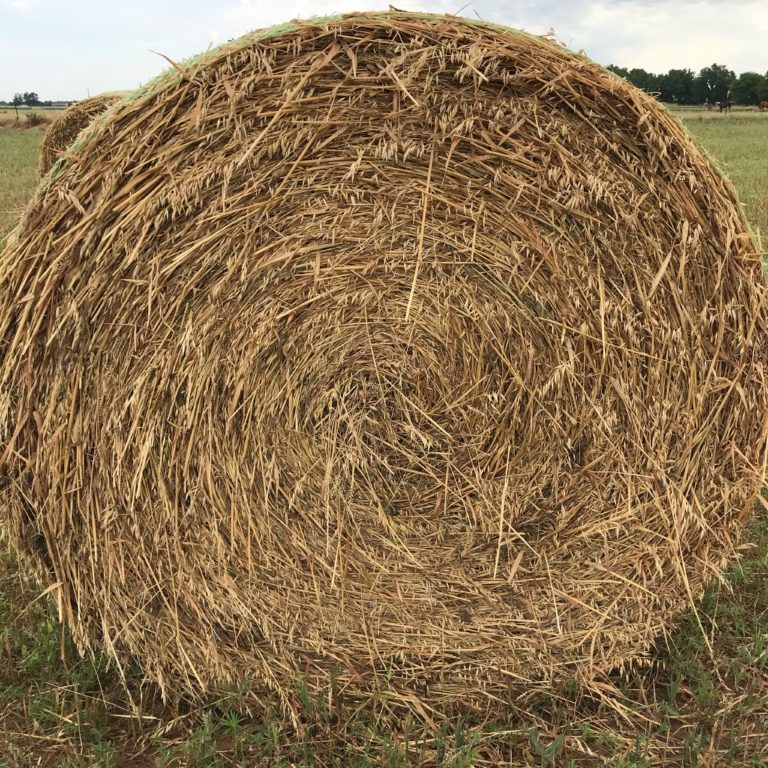
Eragrostis Hay is considered a premium hay for a wide range of livestock including dairy, beef, sheep and horses.
Eragrostis is a wiry, perennial grass that is native to South Africa.
It was introduced into the United States in 1927, and is now widely used as a fodder crop in the USA
There are numerous species, differing somewhat in palatability, with conferta and robusta heading the list, and curvula being less palatable.
ACCEPTABILITY
Eragrostis is a wiry, perennial grass that is native to South Africa. It was introduced into the United States in 1927, and is now widely used as a fodder crop in the USA . There are numerous species, differing somewhat in palatability, with conferta and robusta heading the list, and curvula being less palatable. Acceptability to stock declines rapidly with age of growth, some genotypes becoming fibrous and unpalatable sooner than other. Chopped, dusty hay was found to be less palatable than whole grass.
BENEFITS & APPLICATION
Eragrostis is invaluable both as a pasture species for early spring grazing, and for hay making after the winter shortages as it commences growth earlier in the season than most other summer growing fodder types. Its popularity as a hay crop is for the reason that it is relatively easy to cure. The quality of the pasture as grazing or of the hay produced is dependent on fertilisation, the fertility status of the soil, rainfall, and the stage of utilisation.
Hay that is made from eragrostis reaped in the spring is softer and greener, and much more palatable than the cuttings of late summer, when the leaves and stalks become very fibrous and difficult for stock to break off or digest. It makes good hay if cut before it becomes too tough, and owing to the production costs which are considerably lower than that of teff, it is a preferred form of roughage for cattle and horses.
Eragrostis are only sold to the local market as the weight to transport is not cost effective
WE SELL TWO TYPES
-
Round Bales
-
Small Square Bales
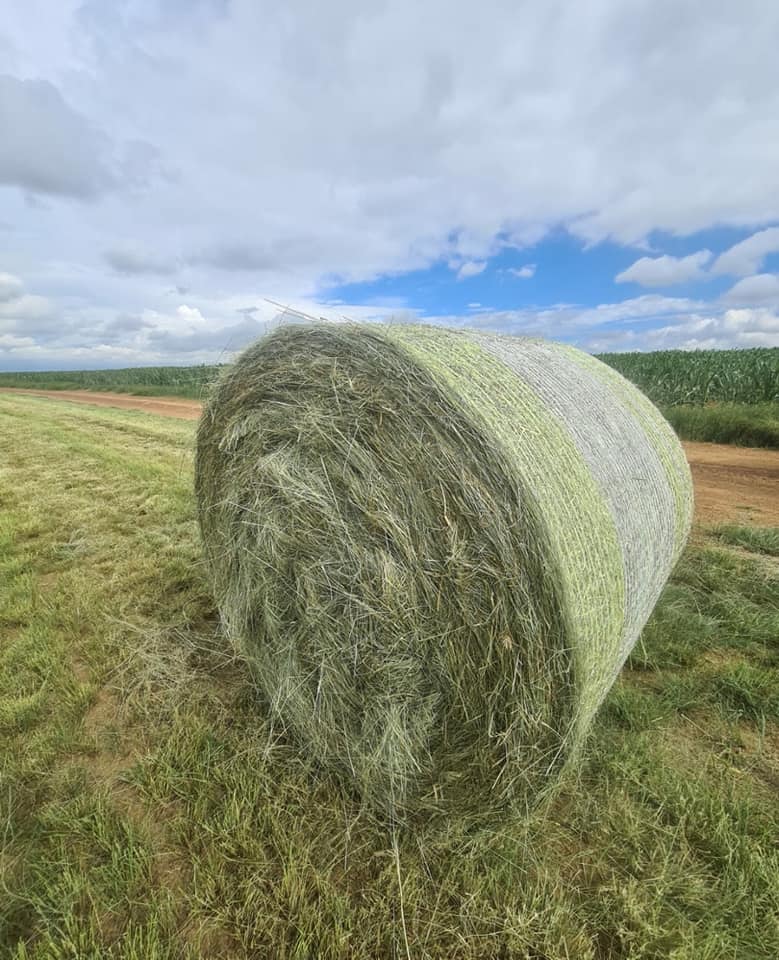
Various mixes can be made to meet the clients nutritional needs for his animals, please contact us with your requirements.
DAIRY
- Calf Commencement
- Calf Grower
- Calf Maintenance
- Prime Series
- Elite Milk Series
- Super Milk Series
SHEEP
- Lamb Starter Lamb
- Finisher
- Adult Sheep Series
CATTLE:
- Feedlot Series
- Adult Pasture Series
- Milk Production Series
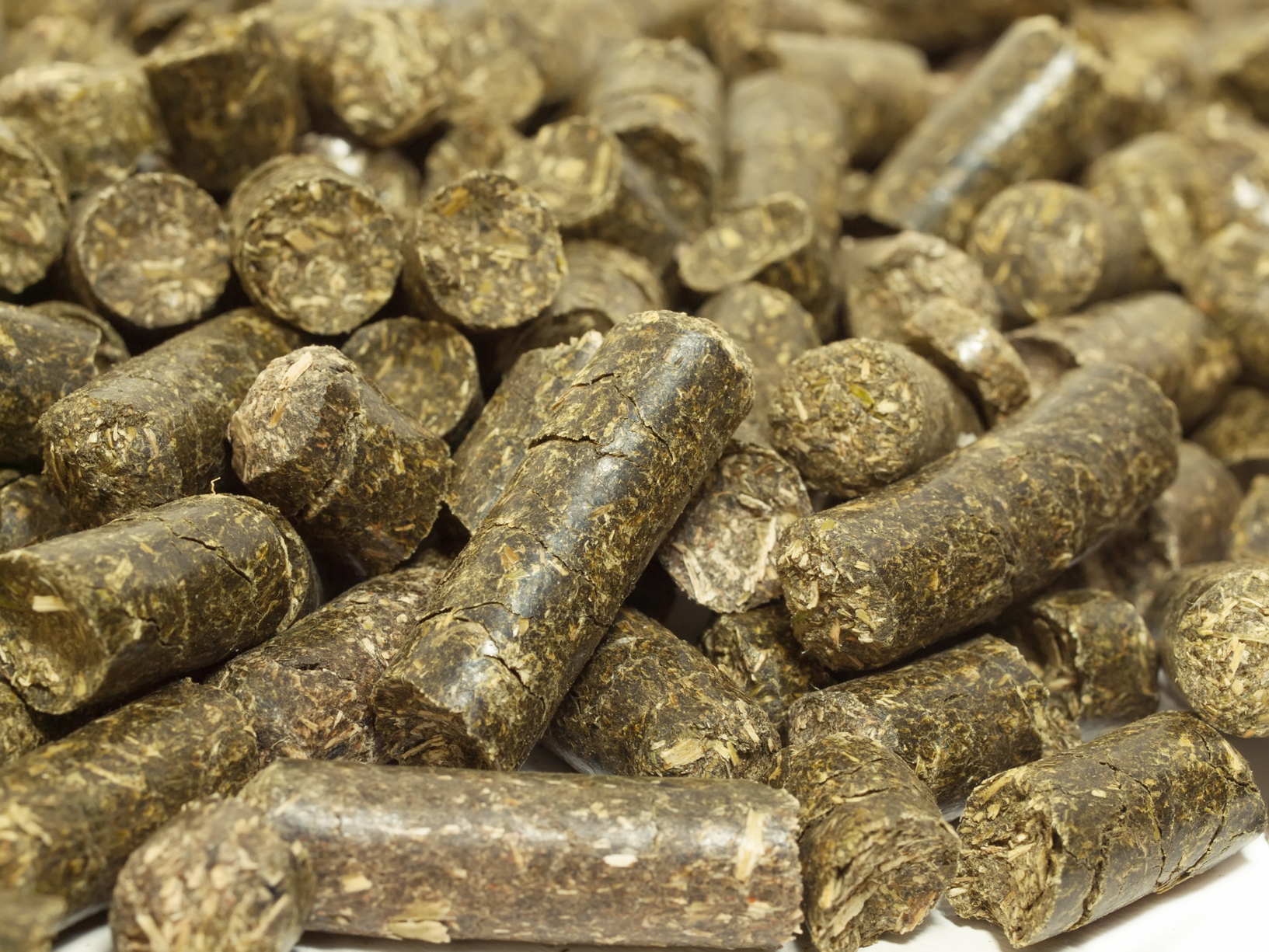
Get In Touch
Send us a message or request a quote below:
